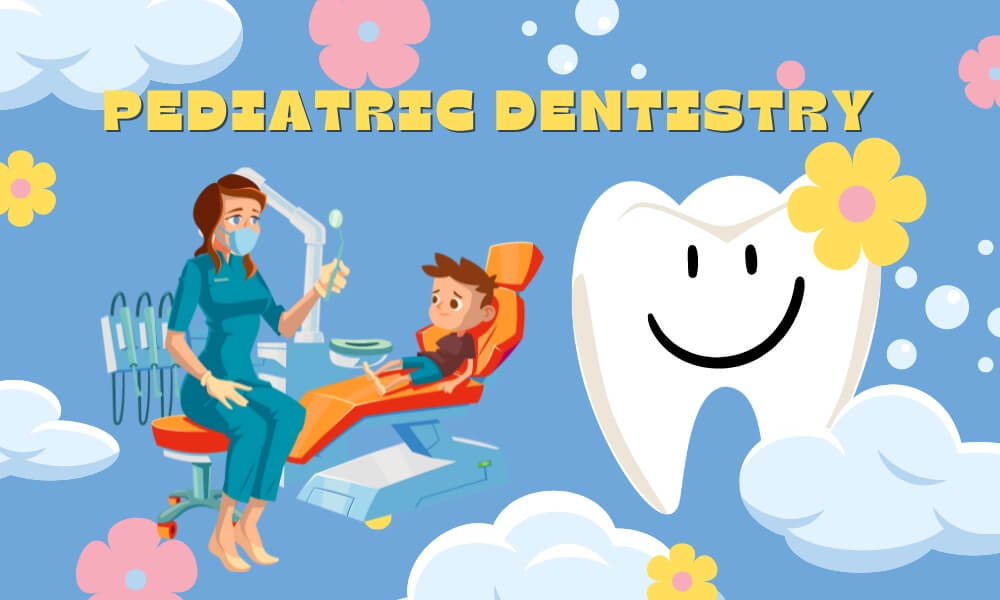Comprehensive Guide to Pediatric Dentistry
It deals with the management of dental problems in children. It mainly includes the prevention, diagnosis, and treatment of gums and teeth in children.
Usually, the baby’s teeth start to erupt at the age of 6 months. By the age of 6 years, they start to shed, and then the permanent teeth will erupt.
Taking care of teeth from the beginning of 6 months is important. Improper oral hygiene can lead to tooth decay.
At What Age Do Baby Teeth Erupt?

Treatment Procedures in Pediatric Dentistry
- Teeth Cleaning
- Fluoride Application
- Orthodontic Management
- Tooth Filling
- Repair of Fractured and Displaced Teeth
- Pit and Fissure Sealant
Fluoride Application
Fluoride strengthens the enamel of the tooth. Fluoride application can reduce the chances of tooth decay. It makes it harder and more resistant to caries. Usage of fluoridated toothpaste can also reduce the risk of caries.
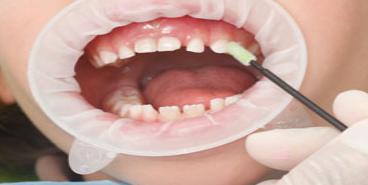
Pit and Fissure Sealants
We can apply a layer of pit and fissure sealants on the tooth surface. It seals well into the little grooves of the chewing tooth surface known as pits and fissures. These areas are very small so our brushes cannot get them clean well. It acts as a barrier and prevents tooth decay.

Tooth Fillings
The bacteria buildup in the teeth can erode the tooth surface. The caries are excavated completely and filled with filling materials like composite or GIC.
Pulpotomy vs Pulpectomy
In pulpotomy, only the diseased portion of the crown is removed. In pulpectomy, the pulpal tissue of both the crown and the root is removed.
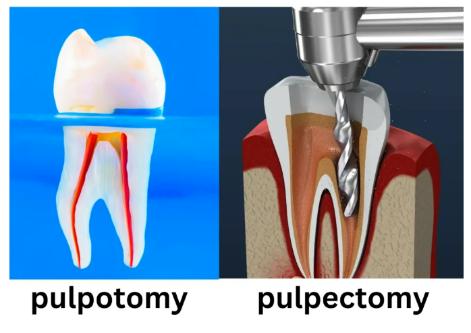
Space Maintainers
It is an oral appliance used to maintain the space between the missing primary teeth. It can be either removable or fixed. It is to prevent the surrounding tooth from shifting towards the space of the missing tooth until the permanent tooth erupts. Once the permanent tooth erupts, the space maintainer can be removed from the mouth.

Stainless Steel Crown
Stainless steel crowns are the most commonly used restorative option for primary teeth. It is a tooth-shaped covering that can be cemented into the tooth structure. Its main function is to protect the tooth structure and retain its function.
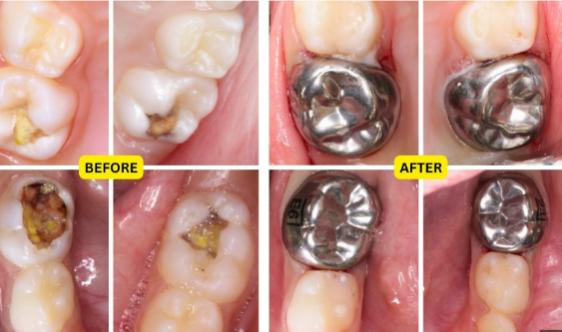
Orthodontic Treatment
By the age of 7 to 8, most of the malocclusion can be evident. Interceptive orthodontics can help in this stage for proper jaw growth and tooth positioning. In this stage, usually, myofunctional appliances can be given. It’s normal for babies to suck their fingers or use a pacifier. Prolonged use of this can cause problems with teeth alignment.
Tips for Good Oral Hygiene
Before the primary teeth erupt, it is recommended to wipe the gums with a warm soft cloth at the age of 6 months.
Toothbrushing
A soft-bristled toothbrush with pea-sized toothpaste in a circular motion is recommended. Make sure all the tooth surfaces are covered while brushing. Brushing for two minutes twice a day is recommended. Nowadays, an electric toothbrush does an excellent job for teeth cleaning. It is also easier for the child to use as it does the movements. Parents should help their child until the age of 6.
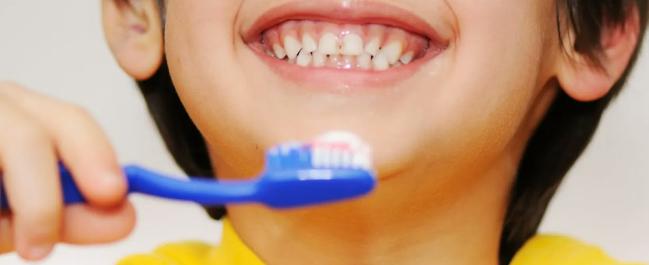
Flossing
It can be done between two teeth. Gently floss between the teeth so that it should not hurt the gums.
 Kids who consume lots of sugary foods and drinks are more prone to cavities. If they have any sugary foods, make sure they brush their teeth afterward. Because it will form a layer over the tooth surface which leads to cavities.
Kids who consume lots of sugary foods and drinks are more prone to cavities. If they have any sugary foods, make sure they brush their teeth afterward. Because it will form a layer over the tooth surface which leads to cavities.
Regular Dental Checkup
Regular dental checkups are important as they identify the early signs of cavities and other oral problems. The early enamel caries can be easily filled, and the further extraction of the teeth can be avoided. During each dental visit, oral health education has to be done by the dentist. Frequent dental visits reduce the fear of the child towards dental treatment.
If the child is more cooperative, the procedures can be done in the dental chair in multiple visits. If the child is not cooperative, the procedures can be done under general anesthesia in a single visit.

